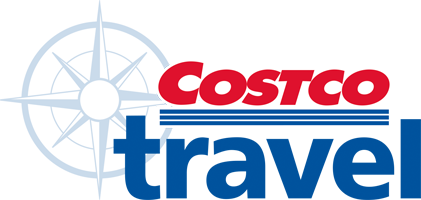
What's Hot
Get More Using Your Costco Anywhere Visa®
Enjoy Hawaii, Mexico, Europe or the Caribbean
Book by 4/7/25 for Eligible* Travel through 9/1/25
Earn $250 Digital Costco Shop CardVancouver: Hyatt Regency Vancouver Package
Daily Breakfast
Full-Size Rental Car
Costco Member SavingsLimited-Time Deals
Book Before They’re Gone
These Deals Won't LastRome, Italy
Daily Breakfast
Member Value in Every PackageJamaica: Jewel Grande Montego Bay Resort & Spa Package
Family-Friendly, All-Inclusive Resort
Beachfront, Digital Costco Shop Card
Club Mobay VIP Departure LoungeAdult Escapes
Adult-Only Getaways
Popular Resorts and Hotels
Featured Travel
New Orleans: Higgins Hotel New Orleans, Curio Collection by Hilton Package
Admission to National WWII Museum for Two
Moorea
Explore Tahiti's Sister Island
Fly Non-Stop to Papeete from Seattle or Los AngelesRelax on a Guided Vacation
Planned Itineraries, Group Tours
Organized Transportation
Arranged HotelsNorth America Vacations
Stay Close to Home or Get Out and Explore
Vacation Packages, Hotel Only Bookings or Build Your Own PackageNashville: Dream Hotel, by Hyatt Package
Costco Member Savings
Daily $30 Food and Beverage Credit
Waived Daily Destination FeeCosta Rica
Adventure-Lover's Paradise
Adults Only or Family Friendly
Included Extras or a Digital Costco Shop Card
Featured Cruises
Caribbean Cruises
Royal Caribbean®
A World of Adventure Awaits
Digital Costco Shop Card with Every SailingHave It All Event
Holland America Line
Drink Package, Specialty Dining, Wi-Fi and Shore Excursions
Digital Costco Shop Card with Every SailingWest Coast Sailings
Carnival Cruise Line
Alaska, Mexico and More
Digital Costco Shop Card with Every Sailing





